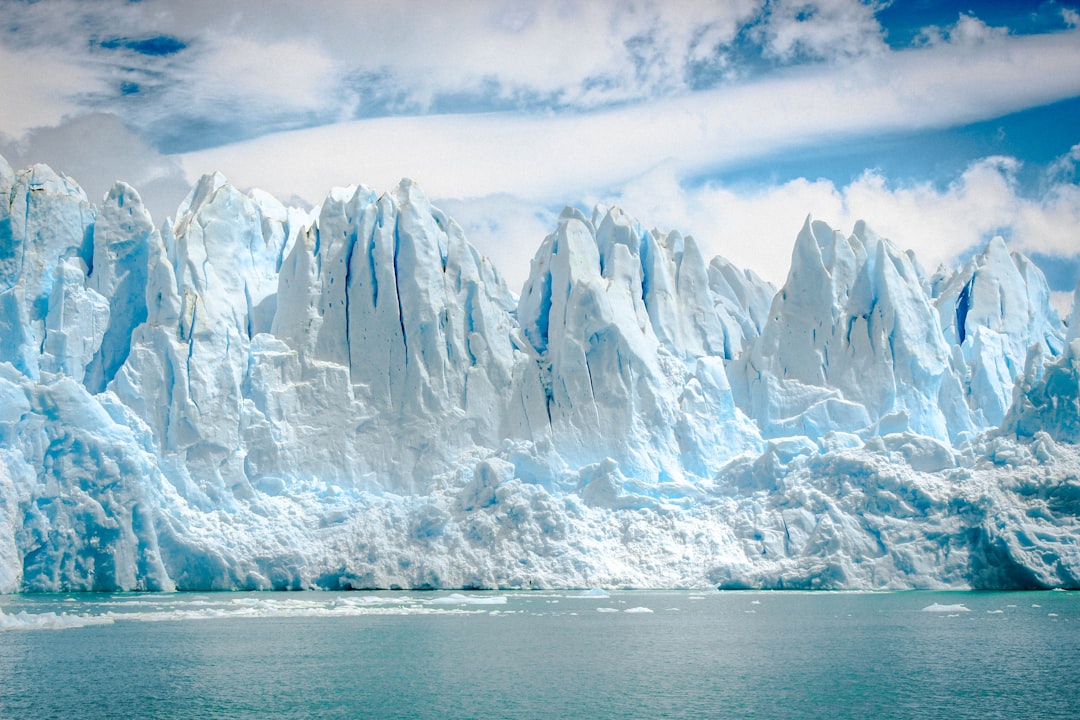What is it about?
We observed the concentrations and isotopic sources of tiny particles in airborne black carbon (BC) for over a year, in the European Arctic (Abisko, Sweden), and eventually compared these observations to model results, using the freely available atmospheric transport model FLEXPART and emission inventories for natural and man-made BC emissions. We saw a clear seasonality of the BC concentrations, like it has been reported in the literature before, and the model was able to reproduce this. Elevated concentrations were found in the winter, which is sometimes referred to as Arctic haze. The combustion sources showed a strong seasonality as well. The radiocarbon data showed, that fossil fuel combustion dominated in the winter and (wood) biomass burning during the low BC-burden periods in the summer. With a combination of the stable isotope fingerprints and Bayesian statistics we further concluded, that the major fossil fuel emissions came from liquid fossil fuels (most likely diesel). The model predicted a vast majority of all these BC emissions to be of European origin
Featured Image
Why is it important?
Black Carbon (BC) originates from incomplete combustion caused by either natural (e.g., wild fires) or human (e.g., diesel car emissions) activities. As the name suggests, BC is a dark particle which absorbs sunlight very efficiently. In scientific terms we call this a strong and positive radiative forcing (there are also air particles with negative forcing, i.e. cooling). Which means that the presence of BC in the atmosphere is helping to heat the planet. Some estimates put its radiative forcing in second place, only after CO2. The significant thing about BC is that it has a short atmospheric lifetime (days to weeks), meaning we could quickly avoid some climate warming by getting rid of its emissions. Currently global emissions are increasing year by year and on snow and ice, the dark particles have a longer lasting effect due to the freeze and thaw cycle, where BC can re-surface, before it is washed away. It is important however to note, that our main focus on emission reduction should target (fossil-fuel) CO2 emissions, because they will affect the climate long after (several centuries) they have been emitted.
Perspectives
This is one of the first studies showing good model agreement with observations of BC and the first study of year-round radiocarbon data of BC in the Arctic.
Patrik Winiger
Stockholm University
Read the Original
This page is a summary of: The sources of atmospheric black carbon at a European gateway to the Arctic, Nature Communications, September 2016, Nature,
DOI: 10.1038/ncomms12776.
You can read the full text:
Resources
Contributors
The following have contributed to this page










